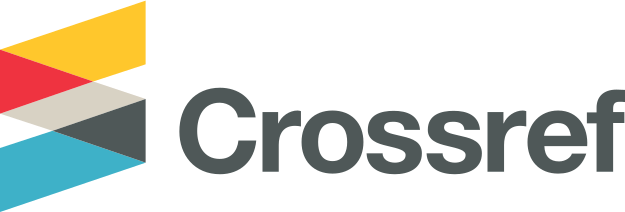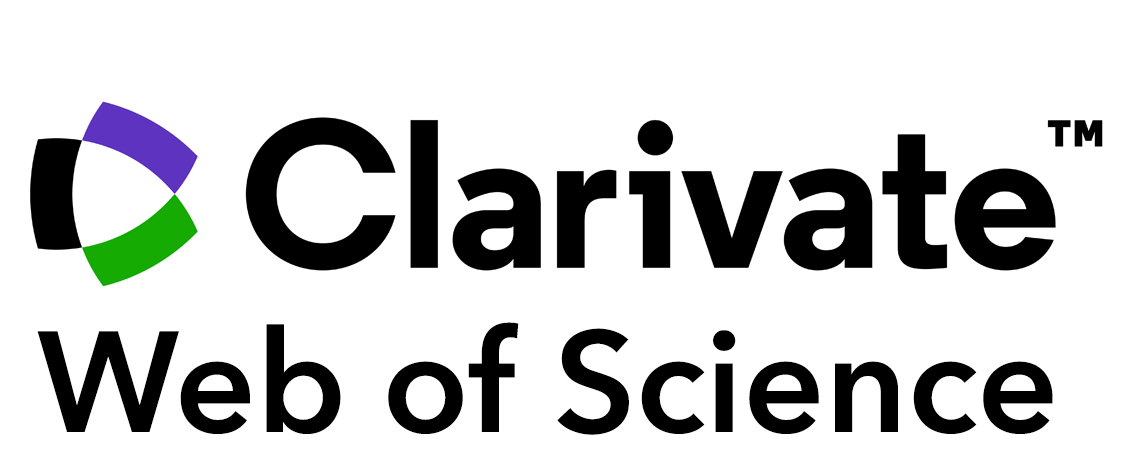Assessment of Organisational Change Project based on Six Box Model: A Case Study of High-Tech Enterprise in China
DOI:
https://doi.org/10.62177/apemr.v2i4.489Keywords:
Organisational Change Project, Stakeholder Analysis, Organisational Diagnose, Six Box ModelAbstract
Organisational change is regarded as the process of transforming structure and function of the organisations to adapt operations to external business environment with full of uncertainty. The purpose of this paper is to assess organisational change project based six box model as the organisational diagnose technique. A case study is undertaken in a high-tech enterprise in China, Lezhichen Technology, regarding their change initiative by project for further improvement and deeper collaborations with clients. It presents the change overview includes stakeholder analysis, drivers and constraints, cost and benefit analysis together with the change assessment and evaluation. The findings indicate that the outcome of organisational change project is linked with the contributions of both strategic organisational and certain human resource practices. Understanding the potential challenges and strategies can support managers implement the organisational change project in a more effective approach.
Downloads
References
Ackermann, F., & Eden, C. (2011). Strategic management of stakeholders: Theory and practice. Long range planning, 44(3), 179-196. DOI: https://doi.org/10.1016/j.lrp.2010.08.001
Ahn, H. Y., & Kwon, S. B. (2018). Effect of Organizational Diagnosis, Job Satisfaction and Organizational Commitment of a Single-grade Korean Medicine Hospital Using Six-Box Model. The Korean Journal of Health Service Management, 12(1), 35-46. DOI: https://doi.org/10.12811/kshsm.2018.12.1.035
Armenakis, A. A., & Harris, S. G. (2009). Reflections: Our journey in organizational change research and practice. Journal of change management, 9(2), 127-142. DOI: https://doi.org/10.1080/14697010902879079
Bozak, M. G. (2003). Using Lewin’s force field analysis in implementing a nursing information system. CIN: Computers, Informatics, Nursing, 21(2), 80-85. DOI: https://doi.org/10.1097/00024665-200303000-00008
Burnes, B., & Jackson, P. (2011). Success and failure in organizational change: An exploration of the role of values. Journal of Change Management, 11(2), 133-162. DOI: https://doi.org/10.1080/14697017.2010.524655
Errida, A., & Lotfi, B. (2021). The determinants of organizational change management success: Literature review and case study. International Journal of Engineering Business Management, 13, 1-15. DOI: https://doi.org/10.1177/18479790211016273
Frambach, R. T., Fiss, P. C., & Ingenbleek, P. T. (2016). How important is customer orientation for firm performance? A fuzzy set analysis of orientations, strategies, and environments. Journal of Business Research, 69(4), 1428-1436. DOI: https://doi.org/10.1016/j.jbusres.2015.10.120
French, S., Bedford, T., & Atherton, E. (2005). Supporting ALARP decision making by cost benefit analysis and multiattribute utility theory. Journal of Risk Research, 8(3), 207-223. DOI: https://doi.org/10.1080/1366987042000192408
Guenzi, P., De Luca, L. M., & Troilo, G. (2011). Organizational drivers of salespeople’s customer orientation and selling orientation. Journal of Personal Selling & Sales Management, 31(3), 269-285. DOI: https://doi.org/10.2753/PSS0885-3134310305
Homburg, C., Müller, M., & Klarmann, M. (2011). When does salespeople’s customer orientation lead to customer loyalty? The differential effects of relational and functional customer orientation. Journal of the Academy of Marketing Science, 39(6), 795-812. DOI: https://doi.org/10.1007/s11747-010-0220-7
Jacobs, G., Van Witteloostuijn, A., & Christe‐Zeyse, J. (2013). A theoretical framework of organizational change. Journal of Organizational Change Management. 17(4), 136-141. DOI: https://doi.org/10.1108/JOCM-09-2012-0137
Jones, H., Moura, F., & Domingos, T. (2014). Transport infrastructure project evaluation using cost-benefit analysis. Procedia-Social and Behavioral Sciences, 111, 400-409. DOI: https://doi.org/10.1016/j.sbspro.2014.01.073
Kim, W. (2009). Customers' responses to customer orientation of service employees in full‐service restaurants: A relational benefits perspective. Journal of Quality Assurance in Hospitality & Tourism, 10(3), pp.153-174. DOI: https://doi.org/10.1080/15280080902988188
Klarner, P., By, R. T., & Diefenbach, T. (2011). Employee emotions during organizational change—Towards a new research agenda. Scandinavian Journal of Management, 27(3), pp.332-340. DOI: https://doi.org/10.1016/j.scaman.2011.06.002
Kontić, L. (2012). Applying the Weisbord model as a diagnostic framework for organizational analysis. Industrija, 40(2), 145-156.
Král, P., & Králová, V. (2016). Approaches to changing organizational structure: The effect of drivers and communication. Journal of Business Research, 69(11), 5169-5174. DOI: https://doi.org/10.1016/j.jbusres.2016.04.099
Kume, V., & Leskaj, E. (2015). Beyond organizational diagnosis, comparisons between Albania and Kosovo case of tax directorate. Administratie si Management Public, (24), 26.
Peltokorpi, A., Alho, A., Kujala, J., Aitamurto, J., & Parvinen, P. (2008). Stakeholder approach for evaluating organizational change projects. International journal of health care quality assurance, 21(5), 418-434. DOI: https://doi.org/10.1108/09526860810890413
Qian, Y., Roland, G., & Xu, C. (2006). Coordination and experimentation in M-form and U-form organizations. Journal of Political Economy, 114(2), 366-402. DOI: https://doi.org/10.1086/501170
Rahimi, H., Siadat, A., Hoveida, R., Shahin, A., & Bakhtyar Nasrabadi, H. A. (2011). The analysis of organizational diagnosis based on Six Box model and its relationship with organizational health and quality of work environment in Isfahan public universities. Quarterly Journal of Research and Planning in Higher Education, 16(4), 19-39.
Saleem, A., & Ghani, U. (2013). Application of Weisbord's Organizational Diagnosis Model: A Case of Pakistan Banking Industry. Business & Economic Review, 5(1), 1-11. DOI: https://doi.org/10.22547/BER/5.1.1
Shaw, D. (2017). Managing people and learning in organisational change projects. Journal of Organizational Change Management, 30(6), 923-935. DOI: https://doi.org/10.1108/JOCM-11-2016-0253
Swanson, D. J., & Creed, A. S. (2014). Sharpening the focus of force field analysis. Journal of change management, 14(1), 28-47. DOI: https://doi.org/10.1080/14697017.2013.788052
Tsoukas, H., & Chia, R. (2002). On Organizational becoming: Rethinking organizational change. Organization science, 13(5), 567-582. DOI: https://doi.org/10.1287/orsc.13.5.567.7810
Weisbord, M. R. (1976). Organizational diagnosis: Six places to look for trouble with or without a theory. Group & Organization Studies, 1(4), 430-447. DOI: https://doi.org/10.1177/105960117600100405
Zheng, D., Chen, J., Huang, L., & Zhang, C. (2013). E-government adoption in public administration organizations: integrating institutional theory perspective and resource-based view. European Journal of Information Systems, 22(2), 221-234. DOI: https://doi.org/10.1057/ejis.2012.28
Downloads
How to Cite
Issue
Section
License
Copyright (c) 2025 Wei Yu

This work is licensed under a Creative Commons Attribution-NonCommercial 4.0 International License.
DATE
Accepted: 2025-07-08
Published: 2025-07-14

















